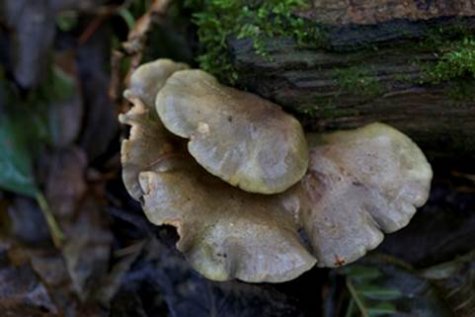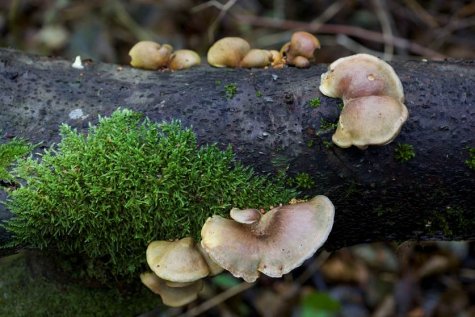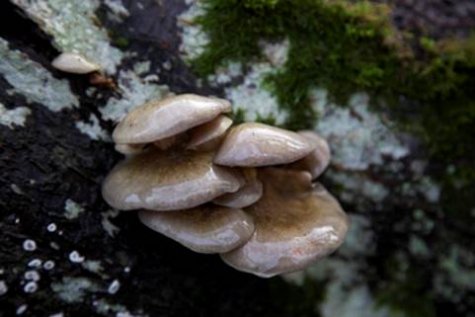Oyster mushroom time
Text and photos: Tiit Hunt, www.rmk.ee
Translation: Liis
The oyster mushroom is one of the few known fungi capable of trapping and digesting invertebrates living in wood with its mycelium.
Oyster mushroom Austerservik Pleurotus ostreatus
This year’s generous mushroom period has offered mushroom pickers an extraordinary bounty of boletes, chanterelles, saffron milkcaps and spotted milkcaps (Lactarius scrobiculatus), parasol mushrooms and other familiar or prized edible fungi. The oyster mushroom is probably better known from the supermarket shelves where they are brought in occasionally from mushroom farms. Quite a few mushroom enthusiasts have aspen logs inoculated with cultured mycelium from the oyster mushroom buried in a humid and shady garden corner, with luck waiting for a mushroom harvest.
Now is just the right time to fetch oyster mushrooms, but from the forest. The mushroom needs low temperatures for the growth of the fruiting bodies and so the caps appear in late autumn.
They will not be found in open pine forests on heaths. In a deciduous forest however with decaying stumps and fallen trunks and with black alder, bird cherry and aspens there is hope to find this delicious mushroom. The quite large and well-fleshed caps often grow many together on top of each other so that a mushroom basket can be quickly filled.
Photographed on October 28, near the northern coast, in a broadleaf forest. The mushroom grows on bird cherry
Amino acids, vitamins, minerals and trace elements and the polysaccharides with anti-carcinogenic effect in the mushroom make the oyster mushroom a ”good buy”











